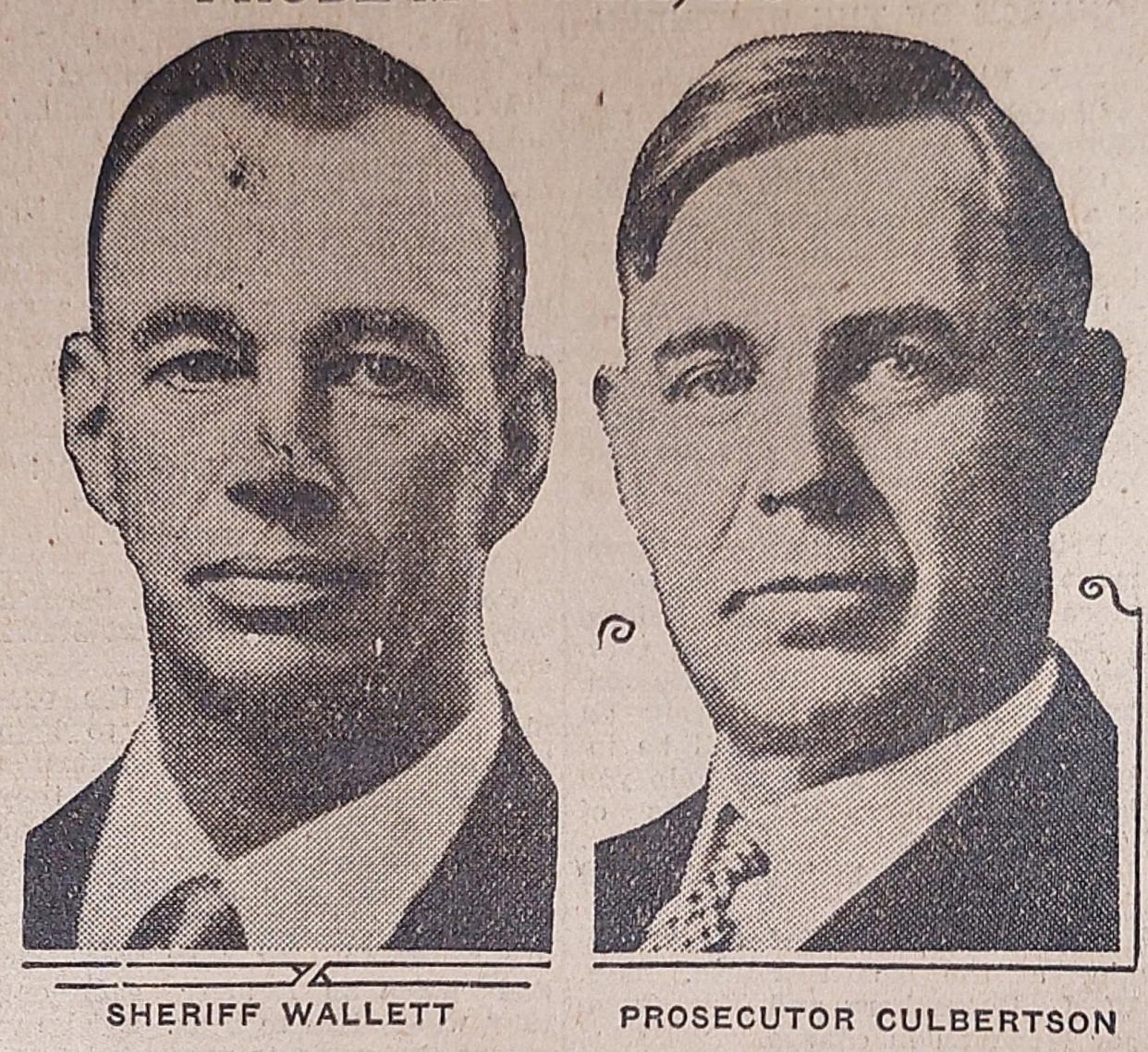ASHLAND MEMORIES: Prohibition impacted even little old Ashland

Between 1920 and 1933, the 18th amendment prohibited the manufacture, sale and transportation of alcohol in the United States. Prohibition affected Ashland in multiple ways.
Previous column: ASHLAND MEMORIES: The return of the one-room school
The impacts on Ashland County included incidents involving home brewers and petty imbibers, rum runners and hijackers and even murder. The web of innocents and victims and perpetrators and criminals became rather tangled up.
The newspapers of this era were filled with stories of home brewers and drinkers who got hauled before the police court judge to receive their fines. Some received a stiffer penalty, such as the Perrysville man who died in 1930 after drinking poison liquor and his friend who went blind from the same.
Before the interstate highway, several major routes ran through Ashland between the larger cities. It was not surprising that rum runners skulked through the area, carrying illicit wares along the supply chain.
And in the wake of the rum runners came the hijackers. They were criminals who preyed on criminals, and violence was inevitable. Even innocent motorists could be victims of hijackings, and it became unwise to travel late at night.
Over one-third of arrests in Ashland in 1927 were alcohol violations
In 1927, Ashland police made 306 arrests, of which over one third were alcohol violations. Eighty-six were cases of drunkenness, for which the police court judge collected a routine fine of five dollars. Eighteen were arrested for possession of booze, nine for driving while intoxicated, and one for furnishing intoxicants.
Just to get a sense of criminal activity in Ashland, other arrests in 1927 included three breaking and entering, six disorderly conduct, 11 assaults, five train riding and one each for auto theft and wife-beating.
From just 80 Prohibition-related arrests in 1925, the number rose to 129 the following year. Prohibition arrests reached their highest number in 1929, with 138. That statistic fell to 123 in 1930. In comparison, that same year officers found 255 doors unlocked in downtown stores throughout the year.
Sheriff Wallett and Prosecutor Culbertson were busy in 1931
When Sheriff Frank Wallett took office in 1931, he instituted a straightforward approach to dealing with law violators, which was a welcome change to previous officers who “hid in bushes and used devious means to catch bootleggers.”
In 1931, Prosecutor H.E. Culbertson spoke to the Rotary Club about law enforcement in the county. He said that there were known bootleggers in town, but police could not raid their homes because they did not have proof of sales. He suggested stationing an officer outside these homes and stopping customers as they exited.
One of the trickiest problems with Prohibition, was that, as a moral issue, alcohol was difficult to legislate and police. Culbertson touched on this when he pointed out that some officers did not believe in the law, and even when they did, significant numbers of people did not back them.
Possibly Culbertson was joking when he said “the problem would be simplified if we quit making so many laws and everybody obeyed what we had.” However, he concluded that Ashland was not so bad off, considering we relied on just eight or nine men to keep law and order in the entire county.
This article originally appeared on Ashland Times Gazette: ASHLAND MEMORIES: Prohibition impacted even little old Ashland

